Ancient Psychedelia: Alien Gods & Mushroom Goddesses
Online Book - Chapter 19, Page 383
Back to Online Book Mainpage / Next Page (Chapter 19, Page 384)
| The Jama coaque culture also has its share of reptile shaman figurines, some which look rather frightening (81b), and others which appear like cute, fattened up princes or kings, with a medallion around the neck, sitting on a royal throne (81d). Head fragments are very common from Mexico and include Mayan pieces with mushrooms sticking out from the top of the head (84d); Remojadas Culture fragments, c. 300-600 AD, with mushroom hats (84e); and Chupicuaro Culture, c. 300 BC-250 AD, pieces from Guanajuato, Mexico, which depict mushroom style head ornamentation (84f). 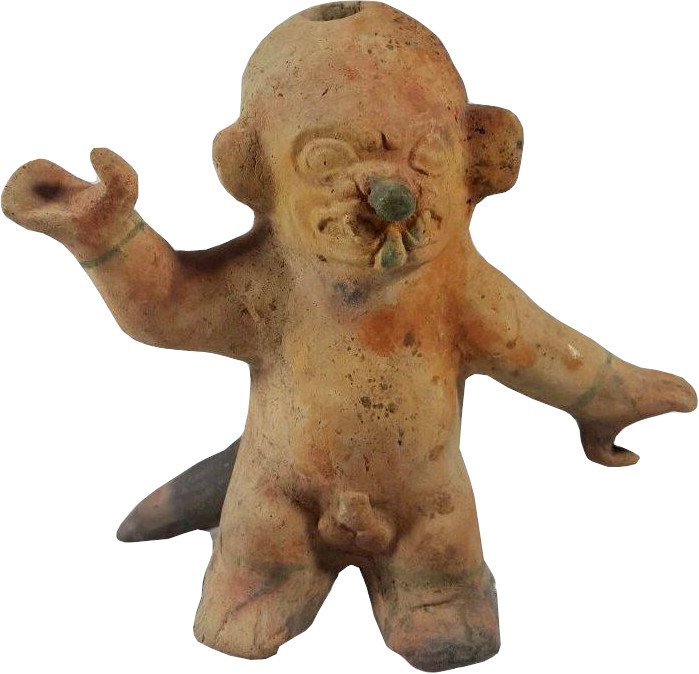 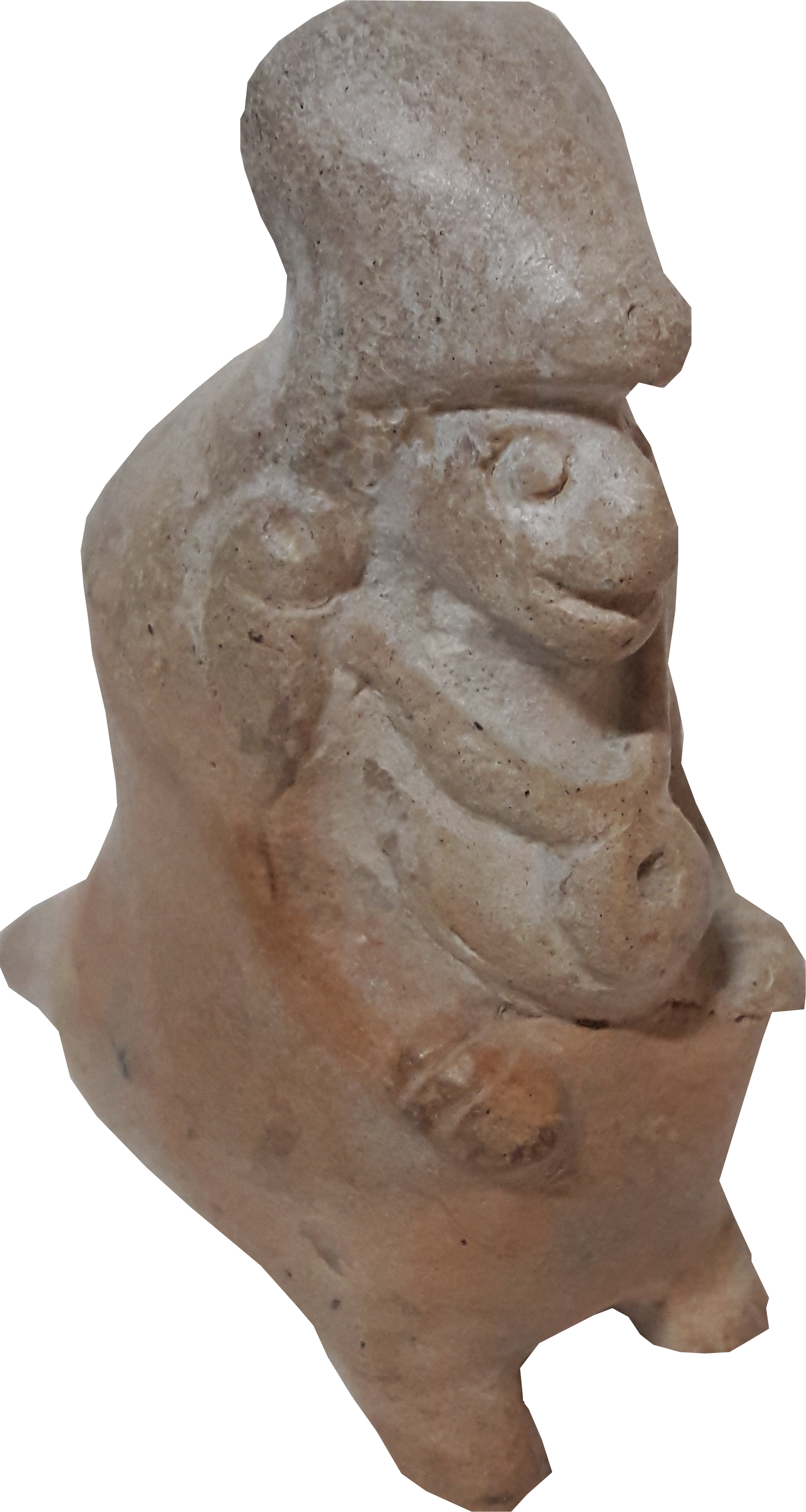 R: (81d) Jama Coaque Figural Snuffer c. 500 BC- 1500 AD L: (84d) Mayan / Aztec c. 1400-1600 AD 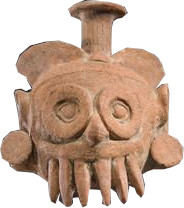 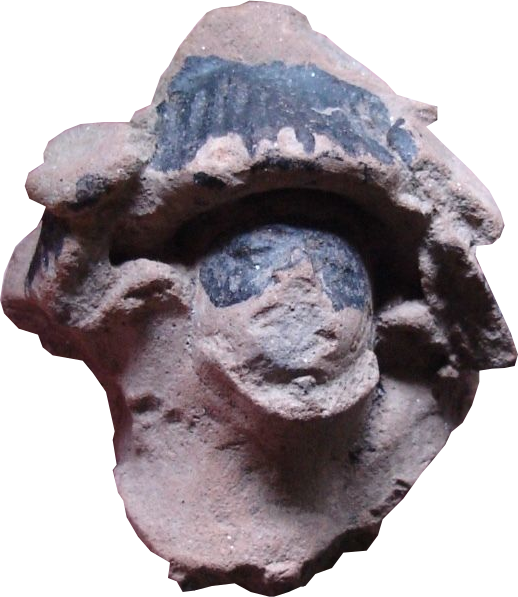 R: (84e) Remojadas Culture c. 300-600 AD 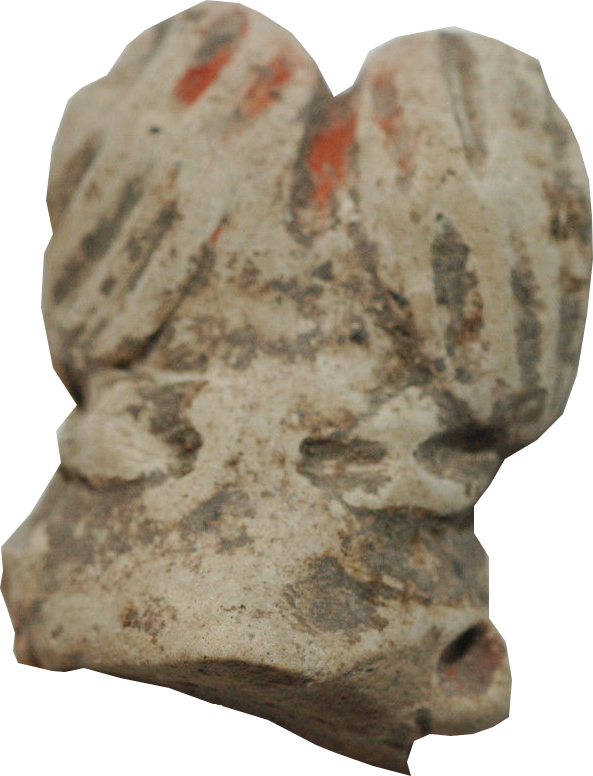 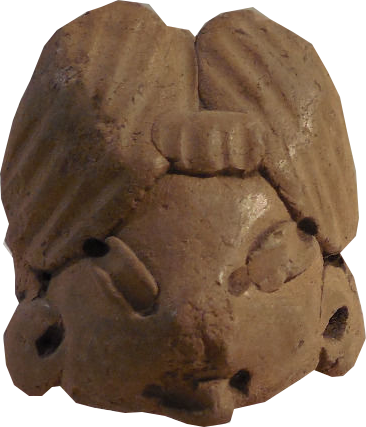 (84) (f) Right: Chupicuaro Culture from Guanajuato, Mexico c. 300 BC-250 AD |
Wasson in Mexico Gordon Wasson was a true pioneer in this field. As early as 1961, Wasson made the following statement concerning origins of religion: “How right the Greeks were to hedge about this Mystery [of Eleusis], this imbibing of the potion, with secrecy and surveillance! What today is resolved into a mere drug, a tryptamine or lysergic acid derivative, was for him a prodigious miracle, inspiring in him poetry and philosophy and religion. Perhaps with all our modern knowledge we do not need the divine mushrooms anymore. Or do we need them more than ever? Some are shocked that the key event of religion might be reduced to a mere drug. On the other hand, the drug is as mysterious as it ever was: like the wind it cometh we know not whence, nor why. Out of a mere drug comes the ineffable, comes ecstasy.” (49) Just prior to the publication of Mushrooms, Russia and History in 1957, Wasson took a trip to Mexico, which we later find out was financed by American intelligence. research was being done into the mind and the race was on between Russia and the US to develop psychotronic warfare. The CIA was interested in what Wasson was doing and his impeccable background as a banker for J.P. Morgan and even the Pope, which would make him the perfect candidate to gather research from. Whether there was any involvement of the CIA prior to this time is questionable to me. (50) On Sept 19, 1952, Wasson received a letter from Robert Graves informing him that Richard Evans Schultes, a professor of Botany at Harvard had published two papers containing information that a mushroom cult had been reported by the 16th century friars in Mexico and that Schultes had brought back specimens of these psychoactive mushrooms. Schultes himself had been made aware of the mushrooms by Blas Pablo Reko who knew of a small remote village in Oaxaca where they were consumed. In 1937, Reko had invited Schultes to go with him and partake of them with the natives in the Indian village of Huautla de Jimenez. Schultes went back twice and reported the discoveries in two papers, the Harvard Botanical Museum Leaflet in 1939 and an article in the American Anthropologist in 1940. Based on the work of both Roberto Weitlaner and B.P. Reko, it is established that both Panaeolus sphinctrinus and stropharia cubensis were in use by the Mazatecs of northeastern Oaxaca, Mexico, no later than the early 1900s, and I would add, it certainly wasn’t introduced to them by the white man. (51) Wasson became friends with Schultes and throughout the 1950’s, Wasson made a series of expeditions to Oaxaca accompanied by Roger Heim on several occasions. (52) (49) R. Gordon Wasson – The Hallucinogenic Fungi of Mexico (50)http://documents.theblackvault.com/documents /mkultra/mkultra4/DOC_0000017457/DOC_0000017457.pdf (51) Flesh of the Gods, p. 9 (52) Persephone’s Quest, p. 21 |
Go Back to Page 382